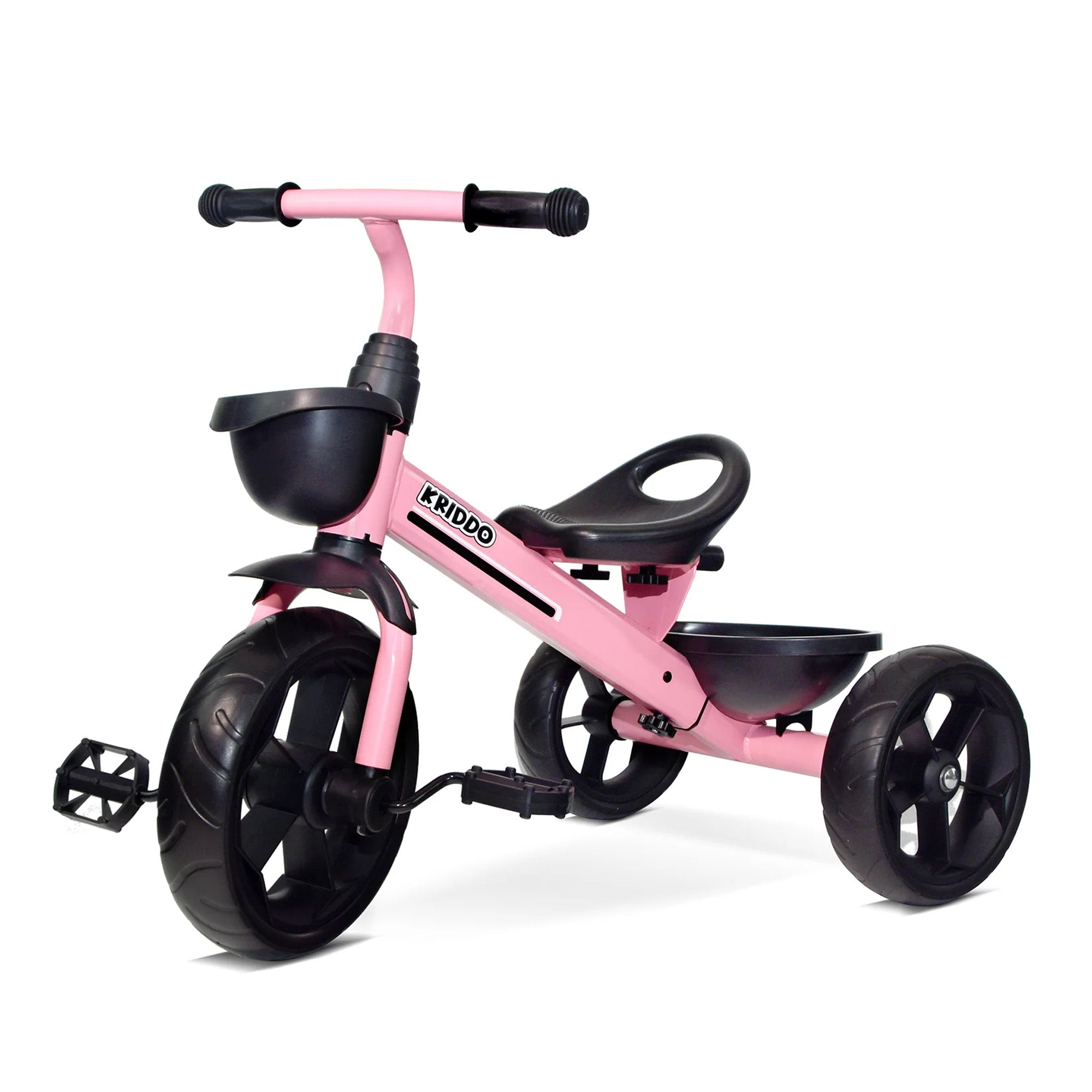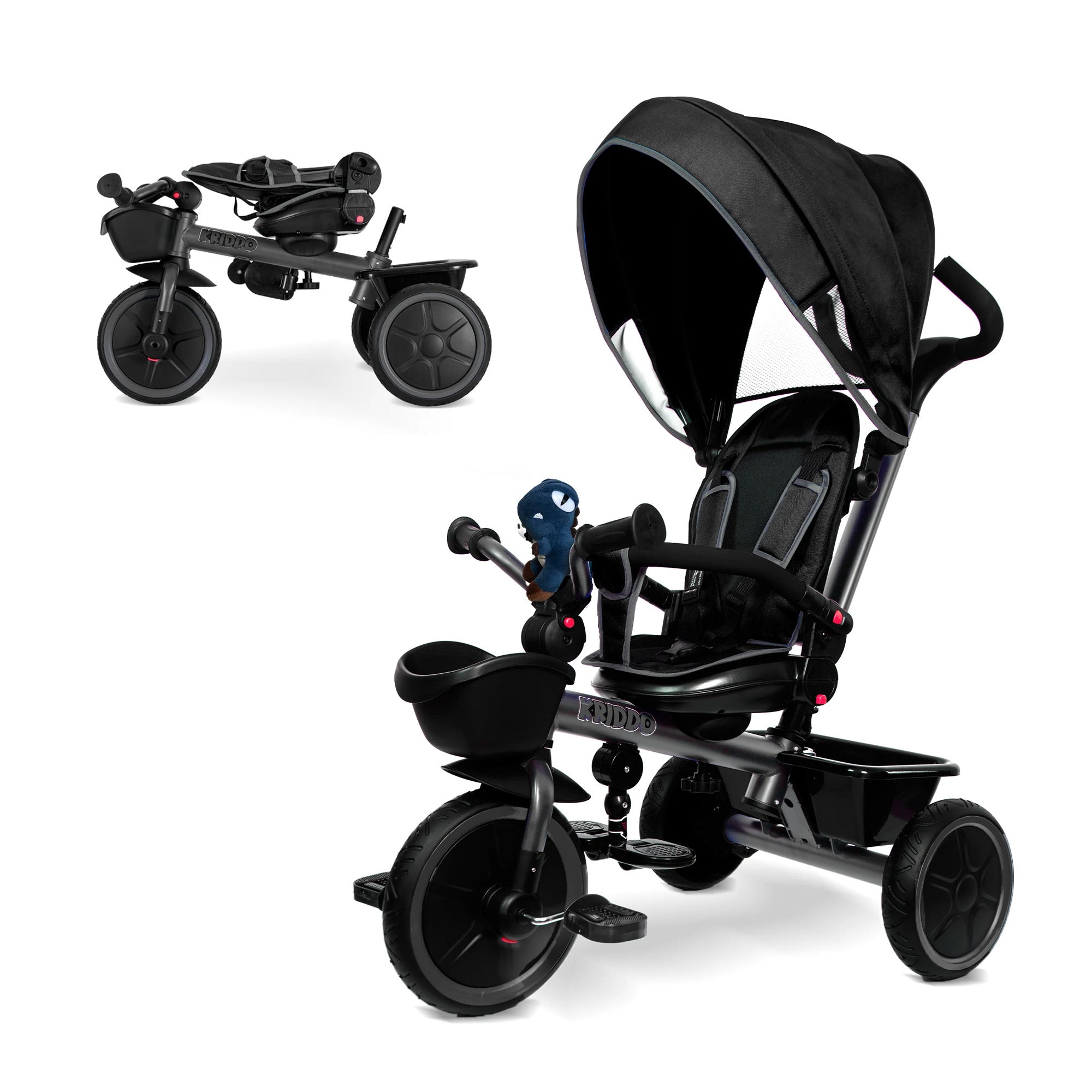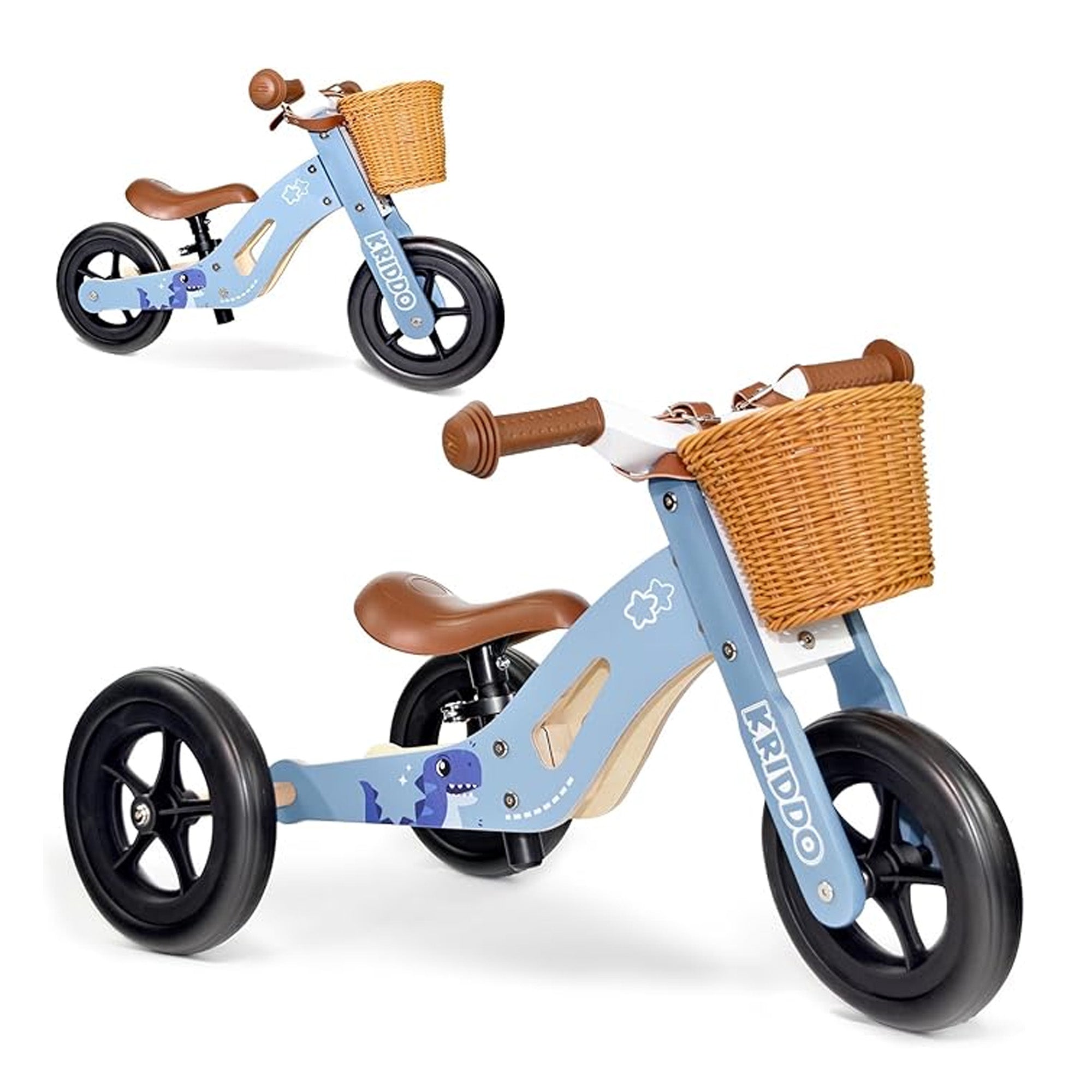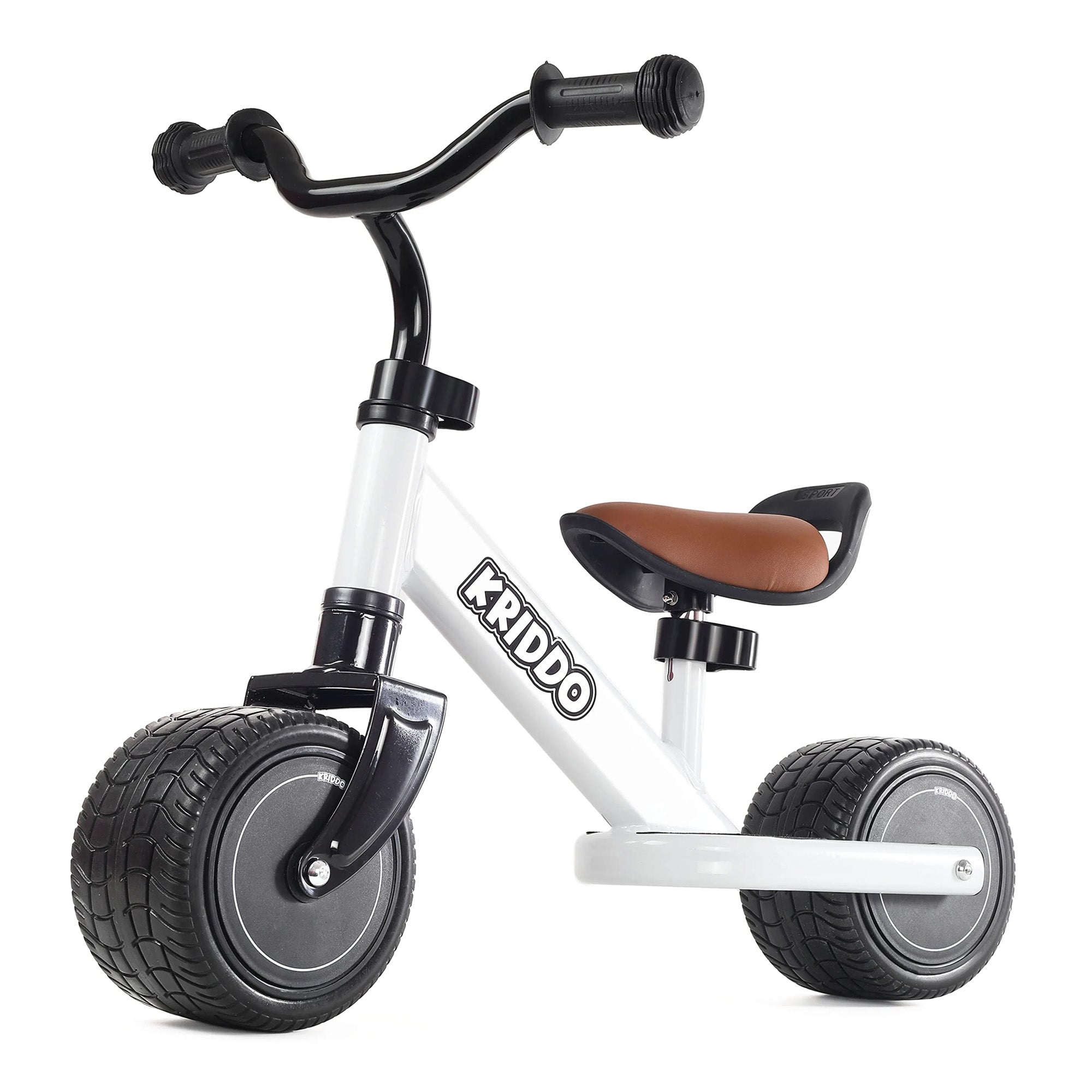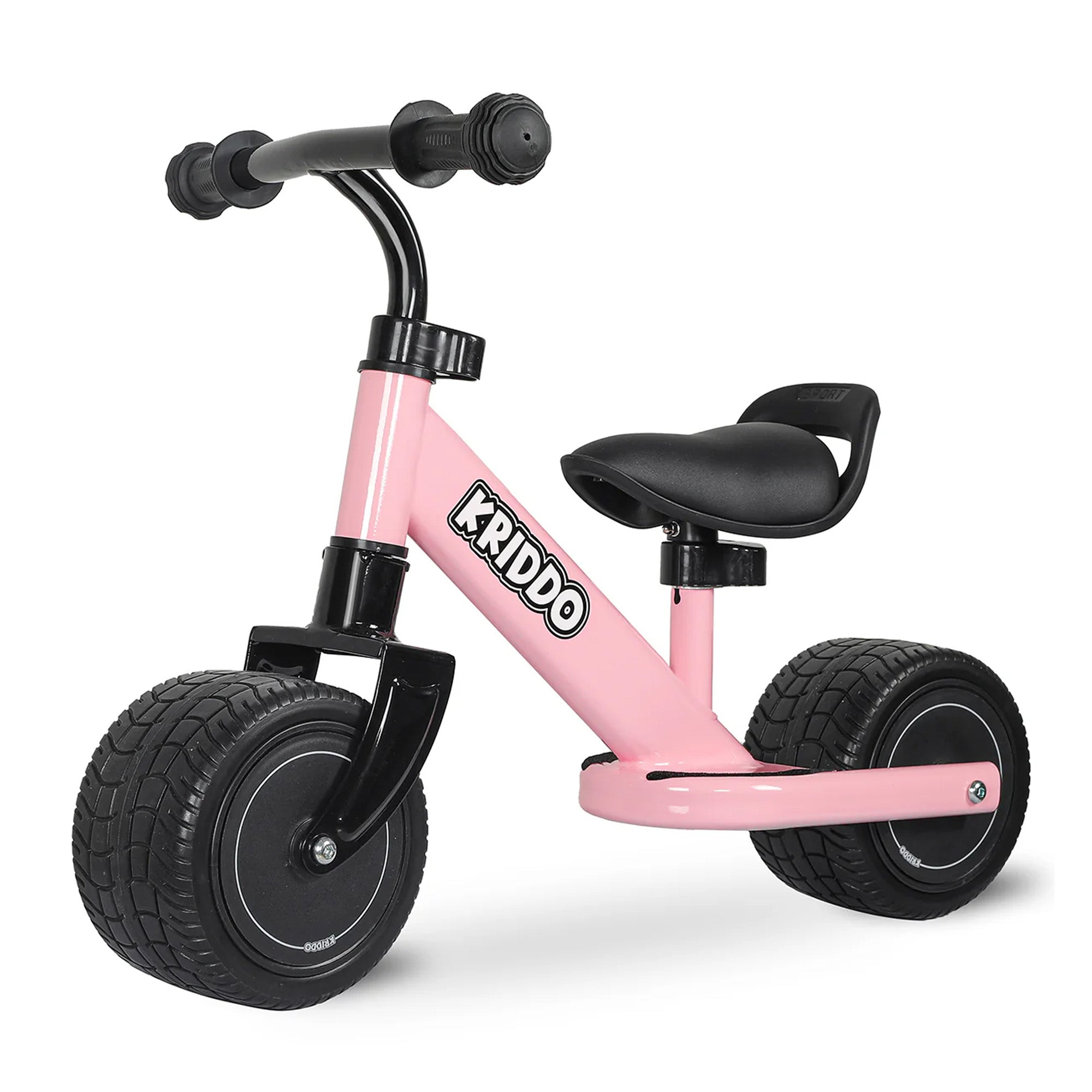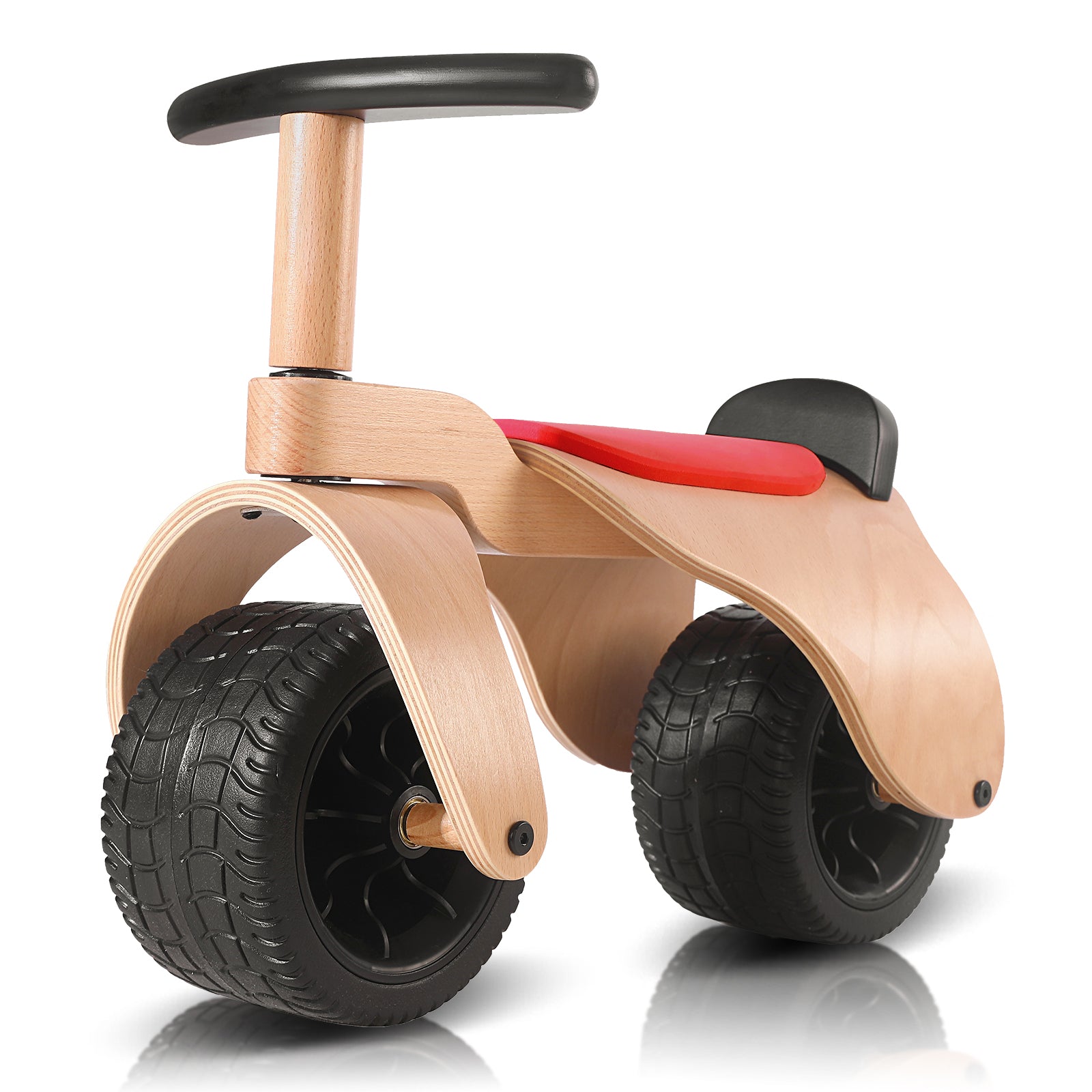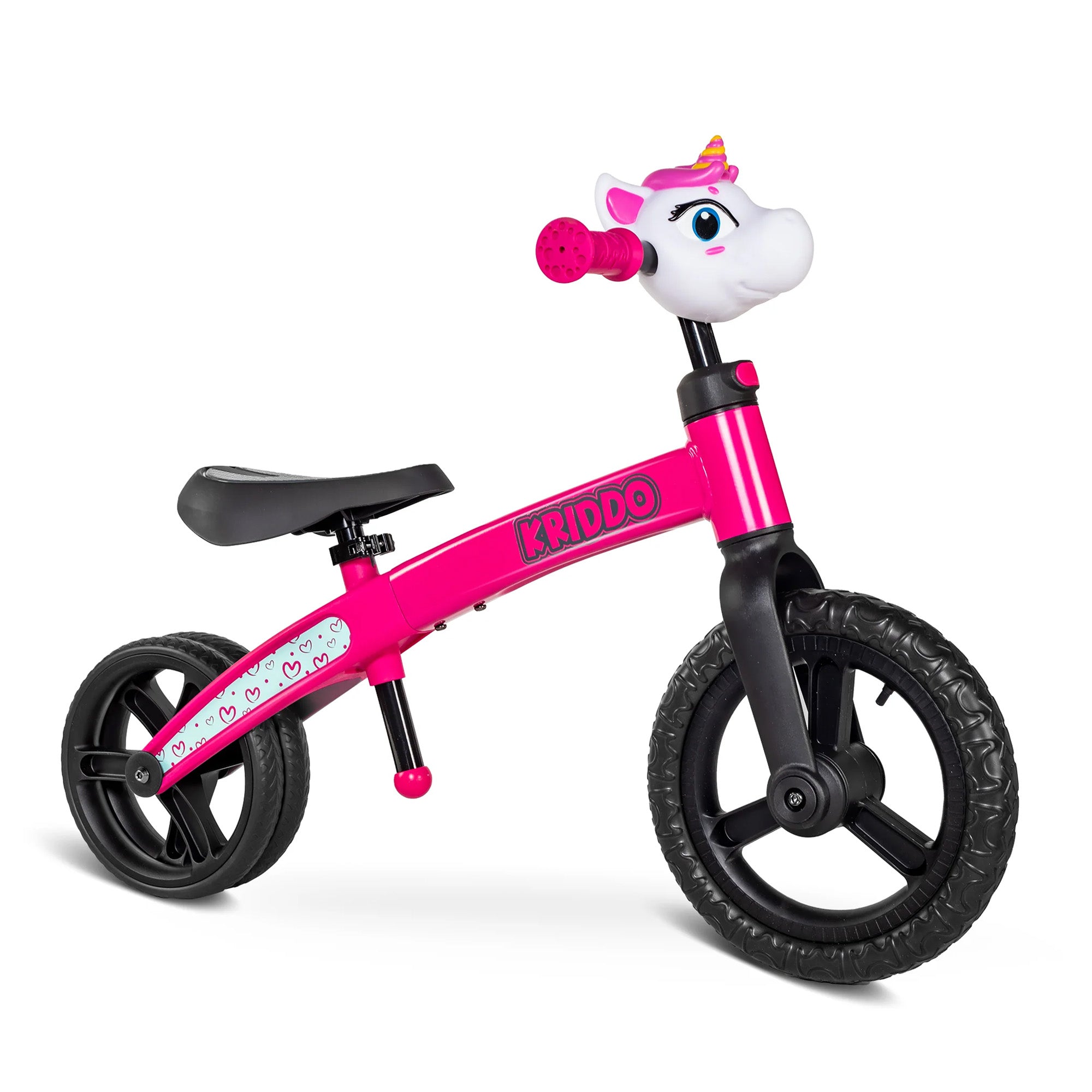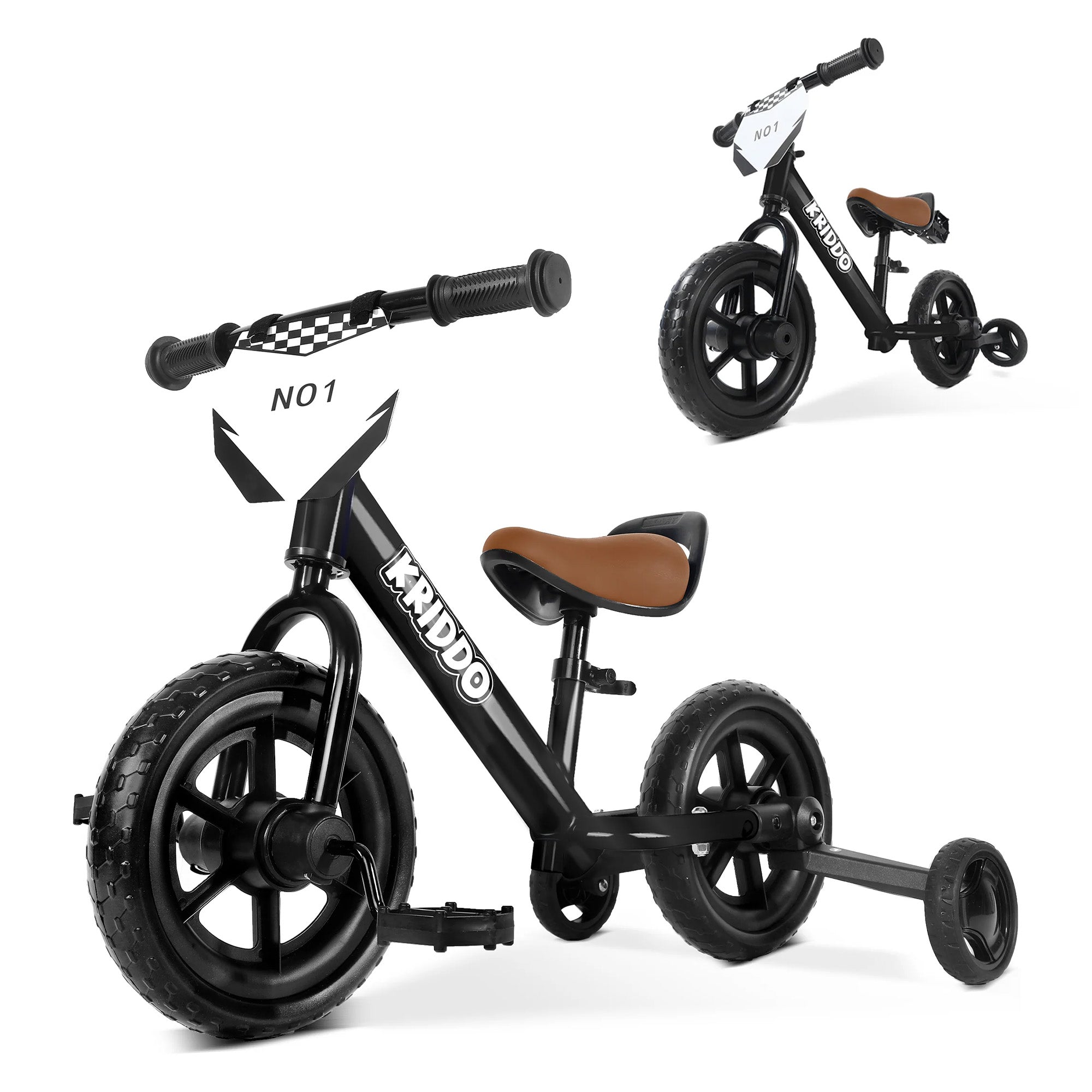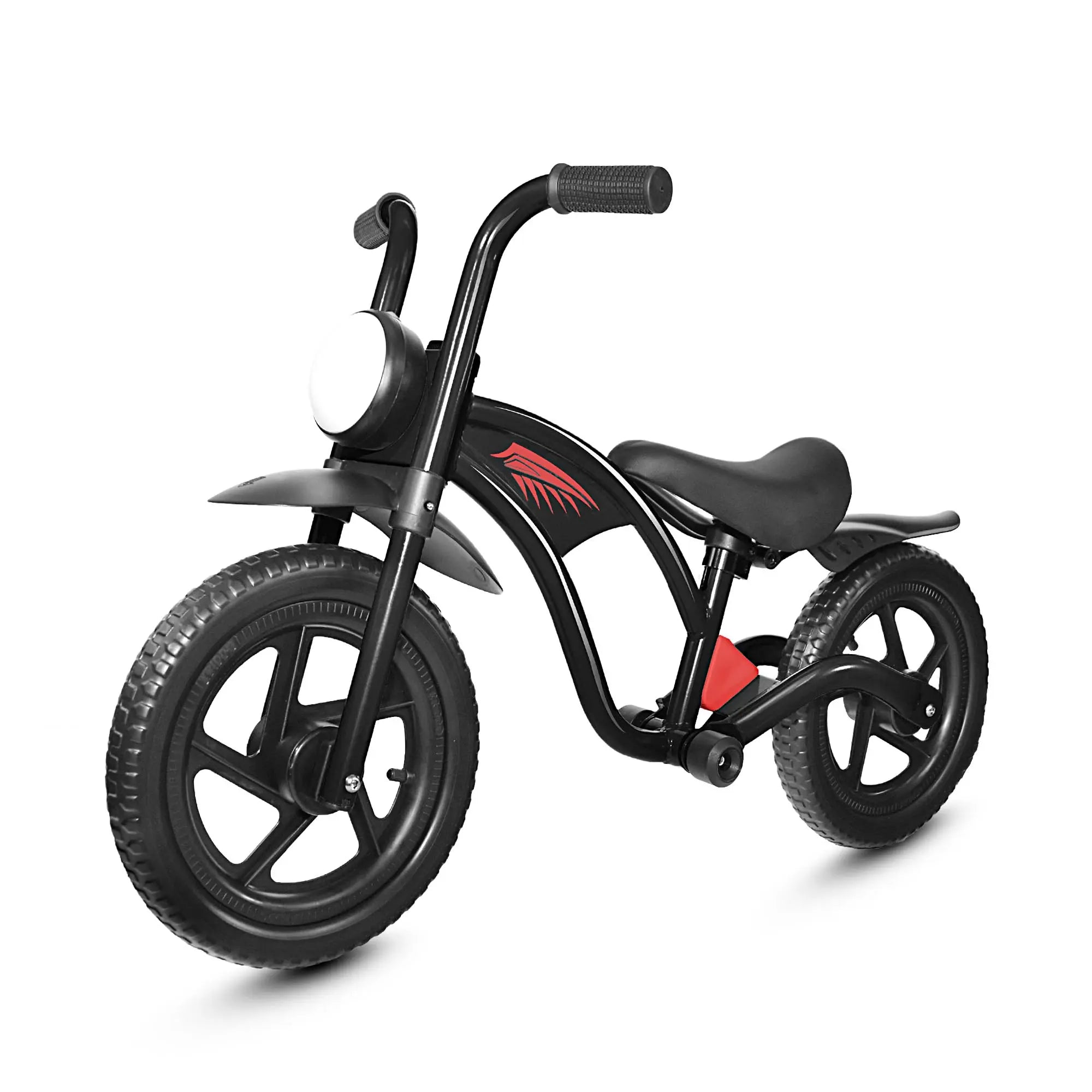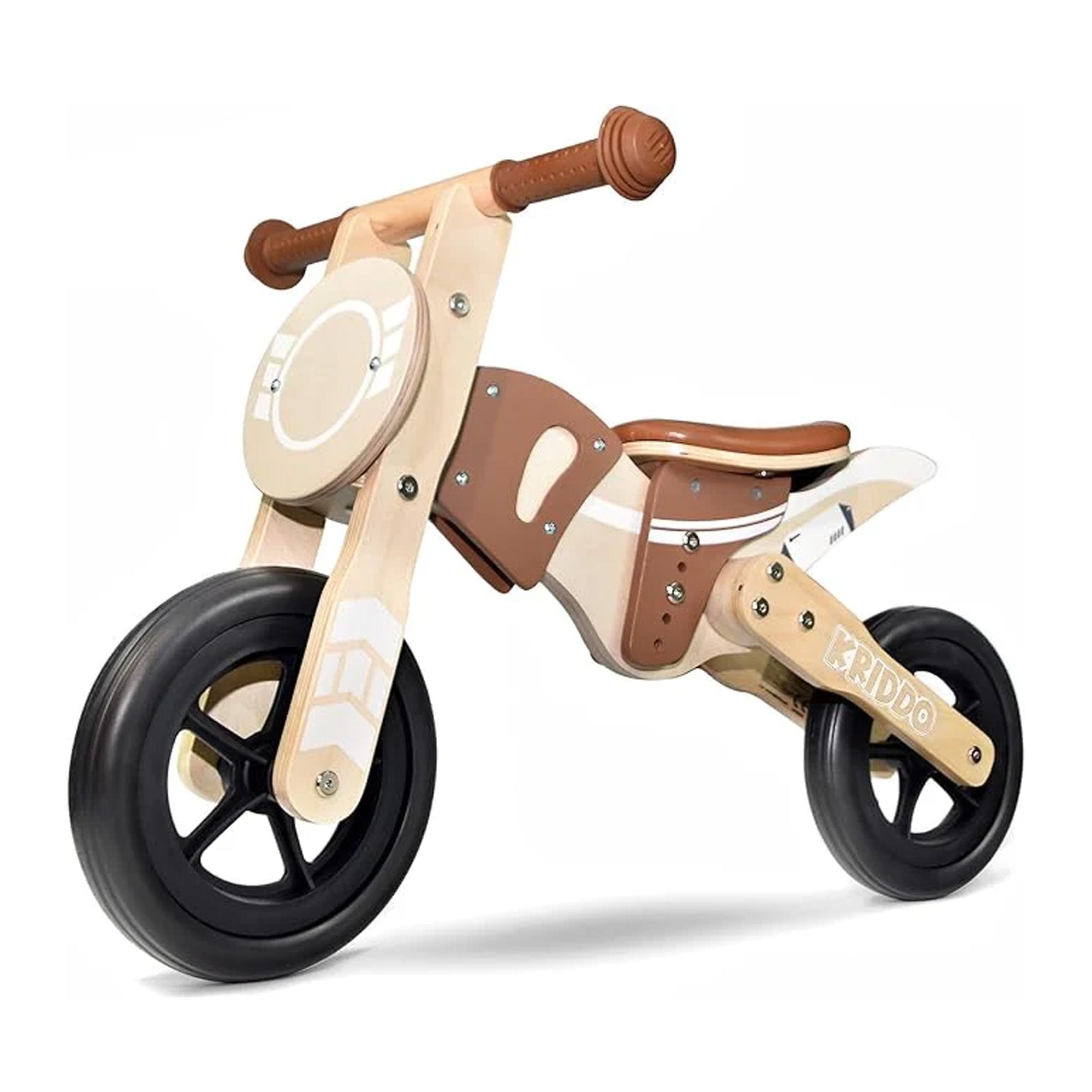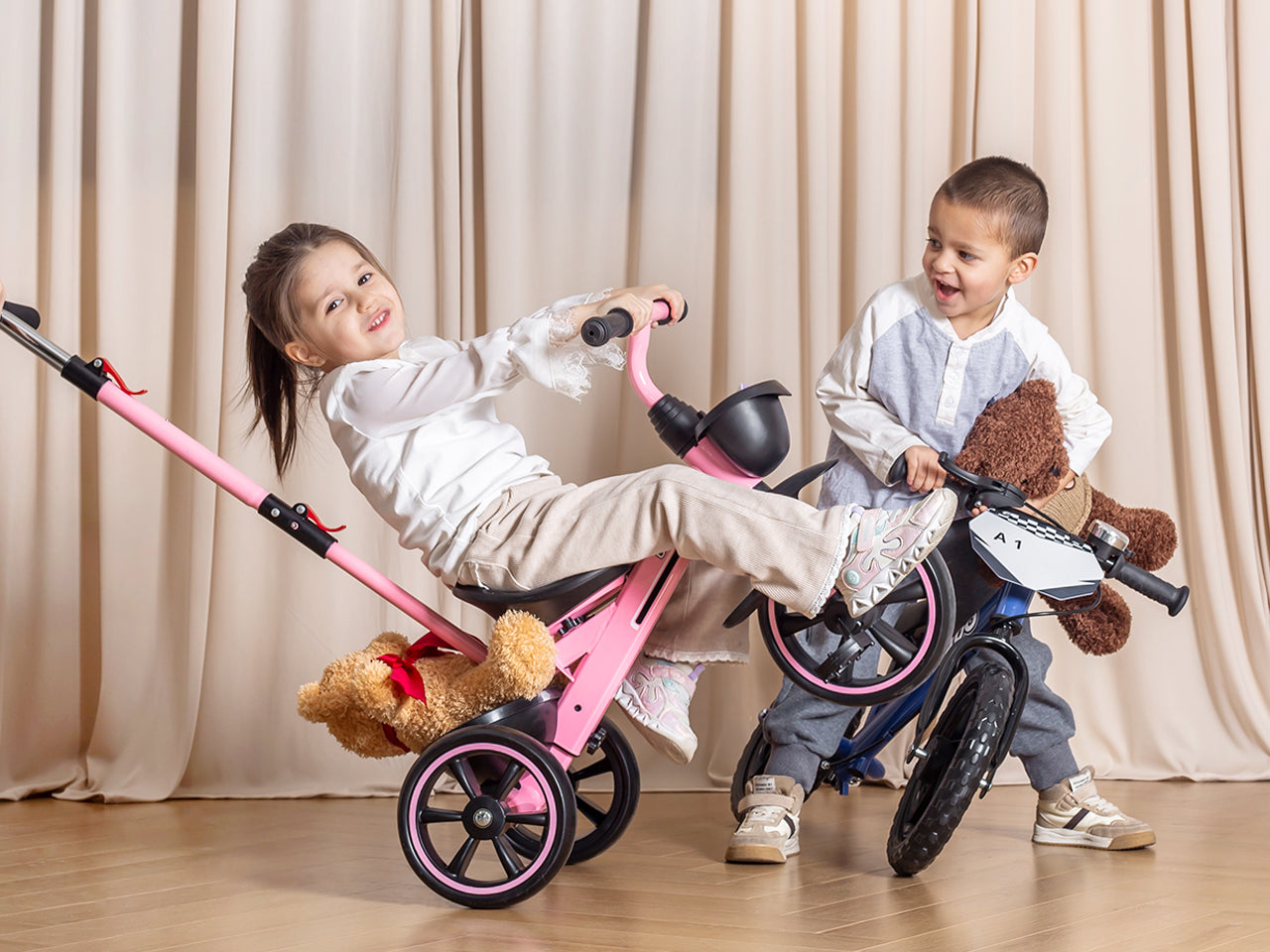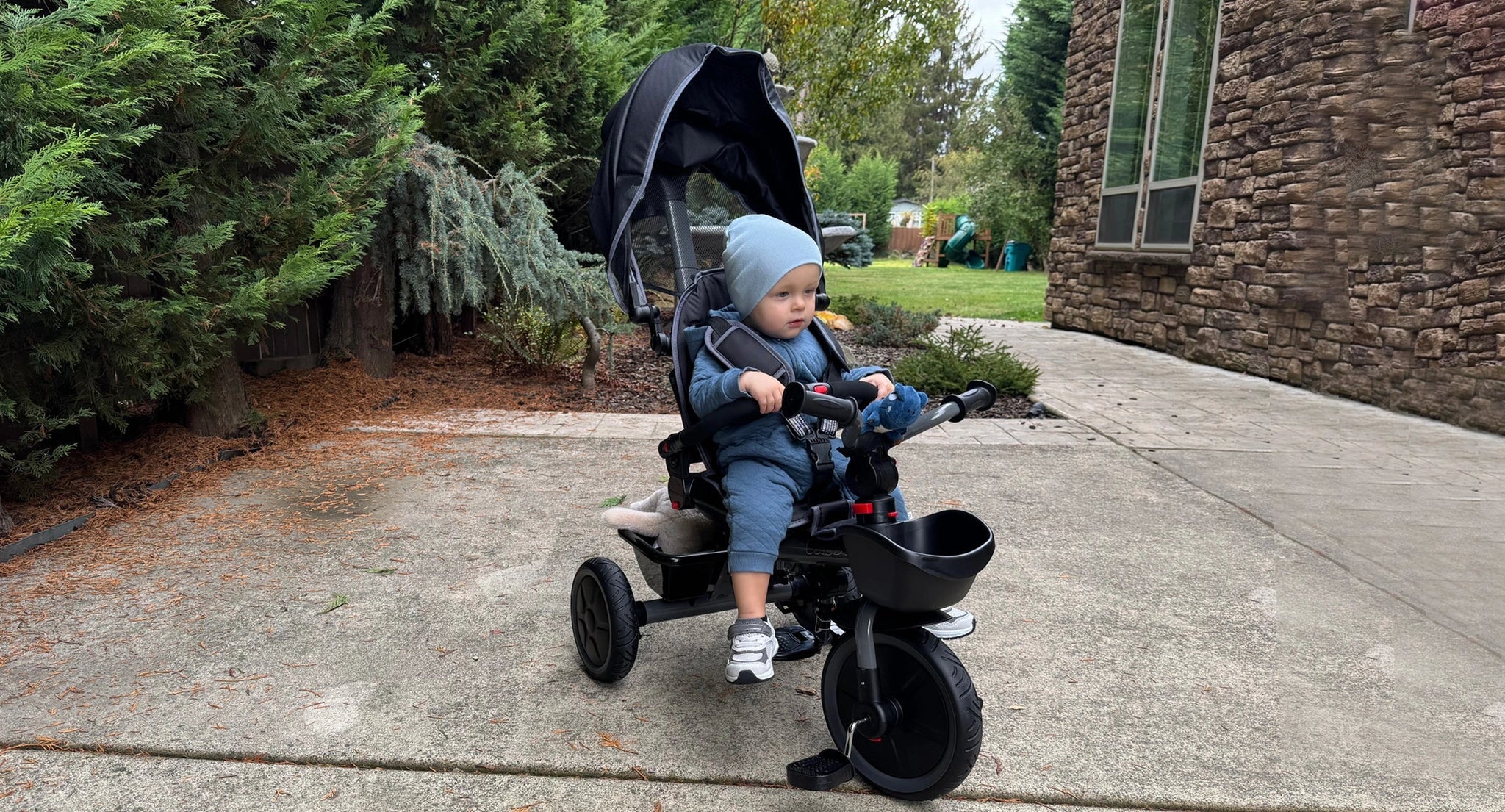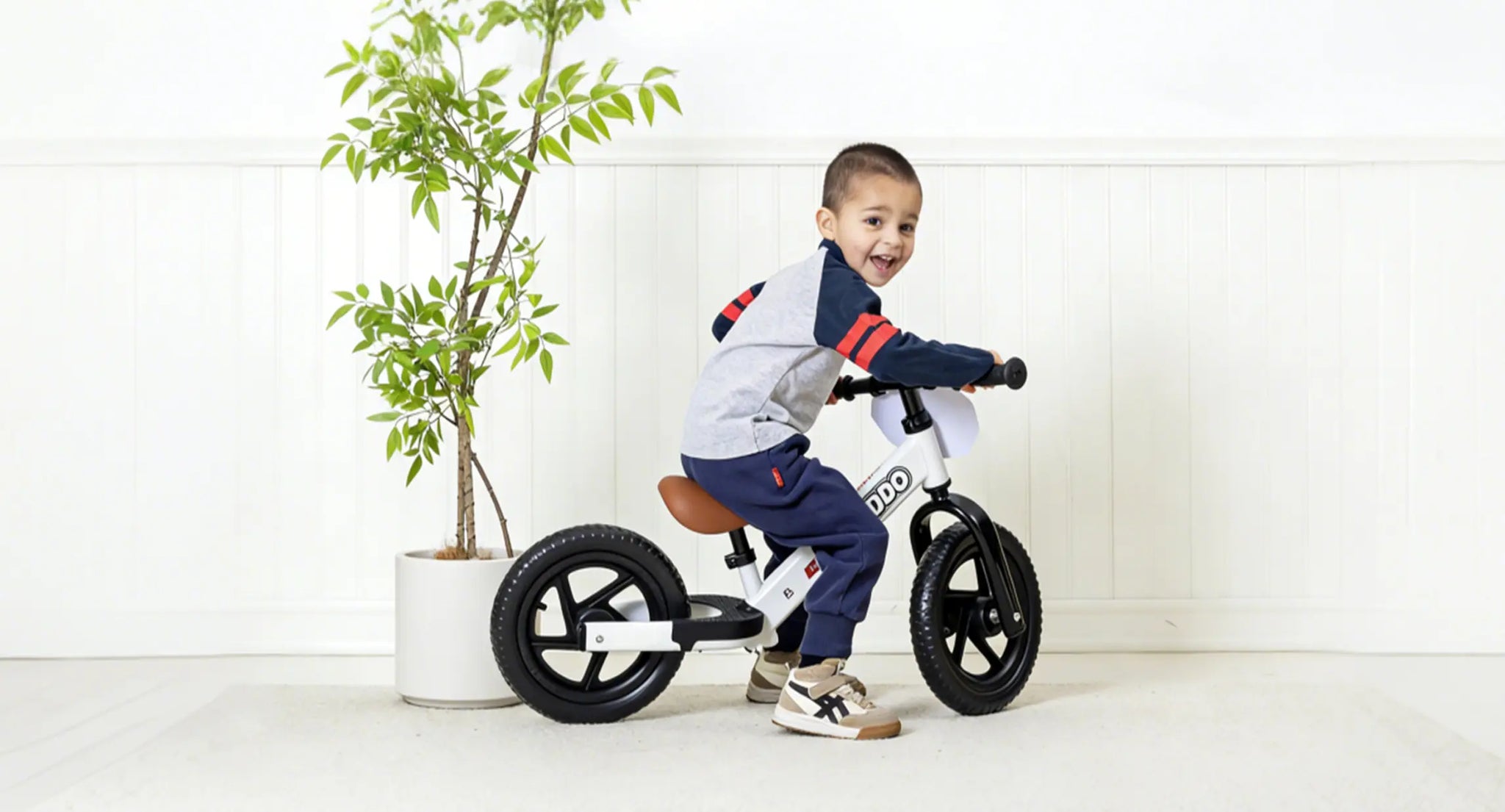Balance Bikes for Toddlers Explained:
Why Every Parent Needs One
Coco Sun 27th,May
If there’s one toy that has parents everywhere saying, “I wish I’d bought this sooner!”—it’s the kids balance bike. These pedal-free bikes have taken the parenting world by storm, especially for toddlers aged 1.5 to 6 years. But what makes a balance bike for 2 year olds so revolutionary? Is it worth the hype (and the price tag)? In this comprehensive, we’ll dive into the benefits, safety tips, and top recommendations to help you make an informed decision.
Summary
- What is a Toddler Balance Bike? The Secret to Early Riding Success
- Why Parents Love Kids Balance Bikes: 5 Surprising Benefits
- How to Choose the Best Balance Bike for 2 Year Olds: A Step-by-Step Guide
- Safety First: Essential Gear for Balance Bike Riders
- Top Picks: Best Balance Bikes for Toddlers in 2025
- Pro Tips for Teaching Your Toddler to Ride
What is a Balance Bike?
The Secret to Early Riding Success
A balance bike is a simplified bicycle designed to teach toddlers the fundamentals of balancing and steering—without the complexity of pedals or training wheels. Resembling a miniature bike, it allows children to propel themselves forward with their feet, building confidence and coordination naturally.
Why It’s a Global Phenomenon:
Origins:
Popularized in Europe and the U.S., balance bikes are now a staple in parks, neighborhoods, and even competitive circuits. Some brands host races and clubs, turning playtime into skill-building adventures.
Developmental Edge:
Unlike tricycles or training-wheel bikes, balance bikes focus on core skills first. Kids learn to balance, steer, and stop instinctively, making the transition to pedal bikes seamless later.
Age Flexibility:
With adjustable seats and lightweight frames, a balance bike for toddlers can grow with your child from 18 months to 6 years old.
Why Parents Love Balance Bikes: 5 Surprising Benefits
The rave reviews aren’t just hype—balance bikes deliver tangible benefits for physical, cognitive, and emotional growth:

① Builds Balance & Coordination
Science-Backed:
Studies show that practicing balance activities in early childhood enhances proprioception and reaction times. A kids balance bike trains toddlers to shift their weight, dodge obstacles, and navigate turns—skills that translate to sports, dance, and even academics.
② Strengthens Muscles & Motor Skills
Leg Power:
Pushing off the ground builds calf and thigh muscles.
Core Engagement: Staying upright activates abdominal and back muscles.
Hand-Eye Coordination: Steering sharpens spatial awareness and reflexes.
③ Boosts Confidence & Independence
Timid toddlers gain courage by mastering challenges .
Competitive kids thrive in organized events, learning resilience and sportsmanship.
④ Safe Introduction to Cycling:
Eliminates the fear of tipping (common with training wheels).
Teaches braking and speed control naturally.
⑤ Encourages Outdoor Play:
A fun alternative to screen time, promoting vitamin D exposure and fresh air.
How to Choose the Best Balance Bike for 2 Year Olds:
A Step-by-Step Guide
A kids balance bike is only as safe as its gear. Prioritize these essentials:
① Helmets: Non-Negotiable Protection
Fit: Snug but not tight; straps should form a “V” under the ears.
Certification: Choose CPSC (U.S.) or EN 1078 (Europe) certified helmets.
Ventilation: Look for airflow slots to keep cool during summer rides.
② Knee & Elbow Pads
Soft-Shell Pads: Flexible foam ideal for casual riders.
Hard-Shell Pads: Durable plastic for rough terrain or speedsters.
③ Footwear Matters
Closed:toe shoes with grippy soles prevent slips. Avoid sandals or crocs.
④ Avoid Hand Brakes for Toddlers
:
Most balance bikes for 2 year olds omit hand brakes, as toddlers lack grip strength. Foot braking is safer and more intuitive.
Pro Tips for Teaching Your Toddler to Ride

Helmets: Non-Negotiable Protection
Fit: Snug but not tight; straps should form a “V” under the ears.
Certification: Choose CPSC (U.S.) or EN 1078 (Europe) certified helmets.
Ventilation: Look for airflow slots to keep cool during summer rides.
Knee & Elbow Pads
Soft-Shell Pads: Flexible foam ideal for casual riders.
Hard-Shell Pads: Durable plastic for rough terrain or speedsters.
Footwear Matters:Closed-toe shoes with grippy soles prevent slips. Avoid sandals or crocs.
Avoid Hand Brakes for Toddlers:
Most balance bikes for 2 year olds omit hand brakes, as toddlers lack grip strength. Foot braking is safer and more intuitive
Final Verdict: Why a Balance Bike is a Parenting Game-Changer
From boosting physical development to fostering a love for the outdoors, a balance bike for toddlers is more than a toy—it’s a tool for growth. By choosing a lightweight, adjustable model like the KRIDDO bikes, you’re investing in years of adventure, confidence, and family fun. As one parent perfectly put it: “We started at 18 months, and by 3, she was racing older kids—no training wheels needed!” Ready to join the balance bike revolution? Your future cyclist (and your sanity) will thank you.








